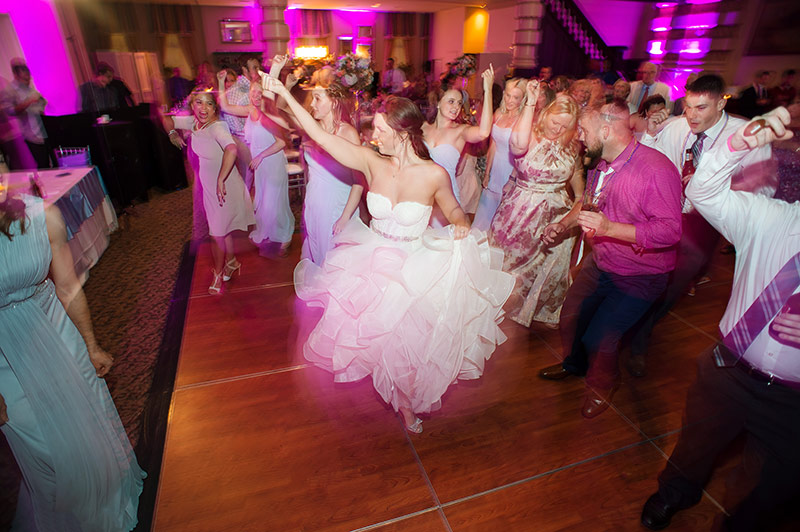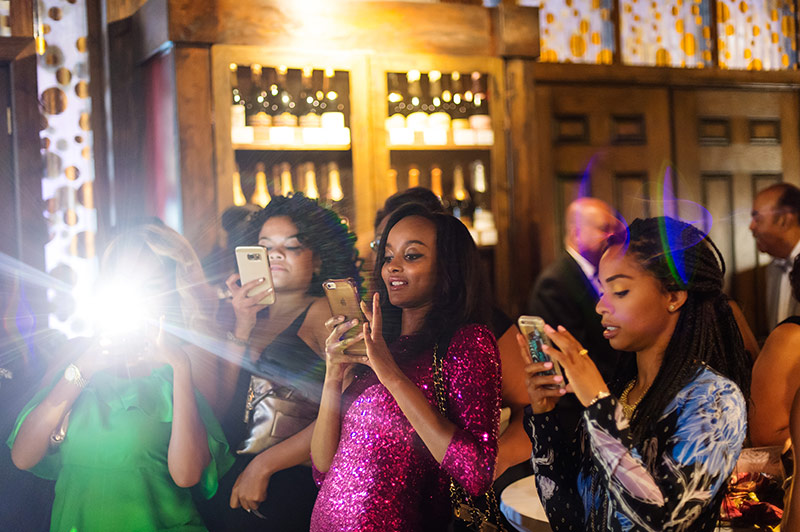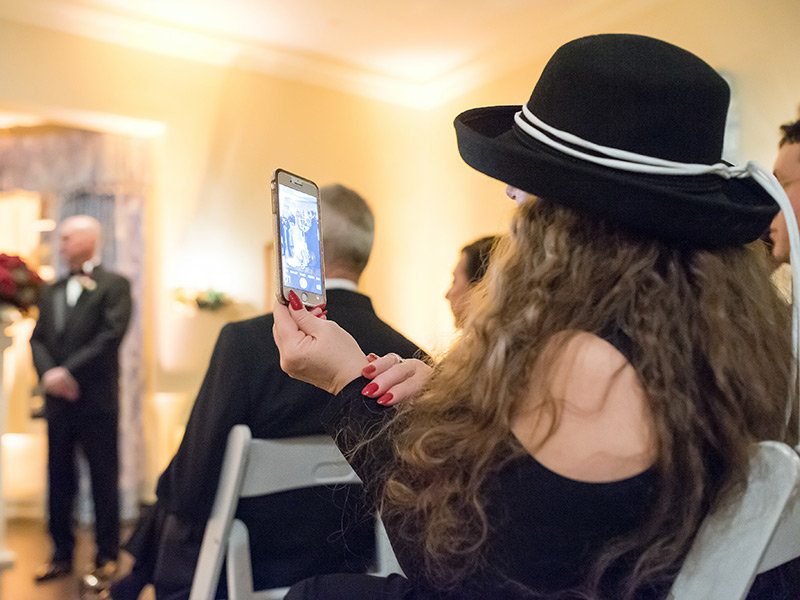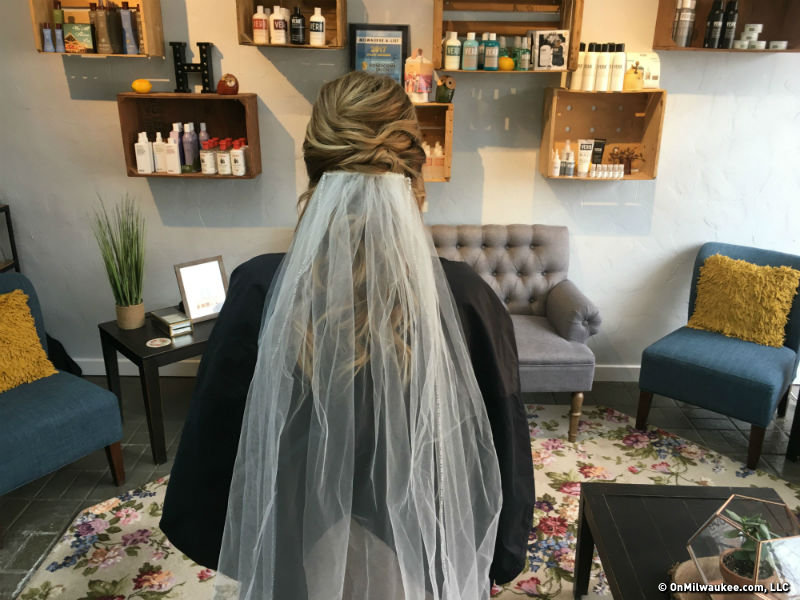Welcome to "Wedding Week" on OnMilwaukee! Whether your wedding is right around the corner, or down the road, The Corners has just what you need to make your day extra special!
When Eron Laber and Neil Kiekhofer started Bay View’s Front Room Photography in 1996, there was no Instagram or Facebook. They shot weddings on film, and other than disposable cameras on the dinner tables, they barely had to consider that anyone else in attendance might be trying to document the experience like they were.
Now, everyone has a great camera in their pockets at all times, and they use it. So, is everyone a wedding photographer?
"That's the biggest, fundamental difference in life, and to an extent, in weddings," says Laber. "People didn't use their camera, because it didn't exist, as their primary mode of communication with the world, constantly. It was a whole different ballgame."
And yet, Laber acknowledges that a glut of hastily shot, amateur photos – even good ones – can devalue his product, so his business is adapting. Just because wedding guests can shoot photos alongside the pros, it doesn’t mean wedding photographers have become obsolete. If anything, it’s just changed the process for companies like Front Room.
"We always put a sneak peak up online," he says. "It used to be within a few days after the wedding. By the time we did that, everybody's already updated their profile pics with somebody's cell phone picture. So now we make sure, the night of the wedding, to get a picture up on Instagram and share it on Facebook."

Jessica Kaminski, a Milwaukee photographer, doesn't shoot as many weddings as she used to, and sees the rise in social photo sharing at weddings as an obstacle to appreciating the event.
"Instagram, in regards to weddings, is in a large way a shining example of where we are as a culture: there is a sense of obliviousness about what's going on around us, in real life," says Kaminski. "The purpose of being a wedding guest is to witness a life event with the couple and then celebrate with them. The role of the professional photographer is to record the day. What I often see is wedding guests attempting to record important aspects, such as the bride walking down the aisle, for example, often to the point of blocking the view of other guests. And what have you then? Only recorded memories, instead of actual memories that you could have witnessed with your own two eyes."
Of course, technology isn’t everything when it comes to quality photography. It’s still an art, and good shooting takes a plan that’s more involved than pulling out your phone and snapping a quick pic and hitting "post." Beyond lighting, bracketing and post-processing, there’s also an instinct that comes after shooting thousands of events.
Says Laber, "As much as technology has been kind of a great equalizer, when it comes to professional photographers, it's still just a tool. You still have to be able to use it well to make good pictures."
For Front Room, that starts by meeting clients months before their wedding, then planning out the entire day from start to finish.
"Half of what makes us successful is the work that we do before the wedding day happens. It is all that communication and taking all of our experiences and helping guide people to the smoothest wedding day that they can have in the first place.
"That's another part of our process that's changed over the years. We've learned the value of our knowledge. We've built that proactive sharing of that knowledge into our system, earlier and earlier in the process, because we know if we ask all the right questions, we get all the right answers. We don't have to ask questions on the wedding day. We have a solid plan going in."
Another element that has changed over the last 20 years, says Laber, is the presentation of the final product. Customers are less interested in physical prints than they are shareable files. Front Room, for example, has included a photo booth in its offerings for a while, but only recently has done away with the printer, and now shares photos straight to social media.
The bottom line is that wedding photographers need to stay agile and willing to adapt to both trends and technology.

"I think it's always about continuing evolution," says Laber. "We're definitely doing a lot of video these days. We don't know what tomorrow's going to hold, or what digital trend is going to catch up. Facebook is already starting to fade out, so we're adjusting. We've shifted a little more to Instagram. We'll see what's next."

Andy is the president, publisher and founder of OnMilwaukee. He returned to Milwaukee in 1996 after living on the East Coast for nine years, where he wrote for The Dallas Morning News Washington Bureau and worked in the White House Office of Communications. He was also Associate Editor of The GW Hatchet, his college newspaper at The George Washington University.
Before launching OnMilwaukee.com in 1998 at age 23, he worked in public relations for two Milwaukee firms, most of the time daydreaming about starting his own publication.
Hobbies include running when he finds the time, fixing the rust on his '75 MGB, mowing the lawn at his cottage in the Northwoods, and making an annual pilgrimage to Phoenix for Brewers Spring Training.







